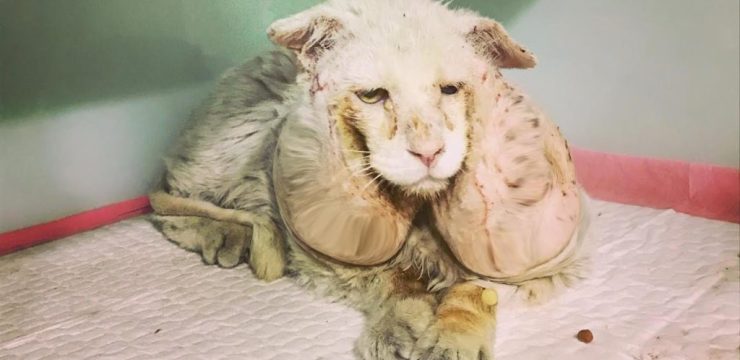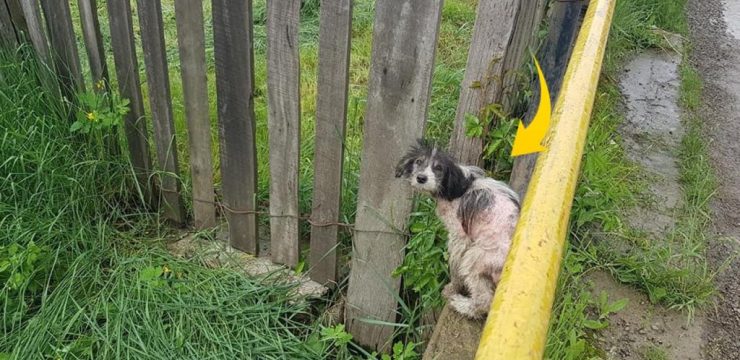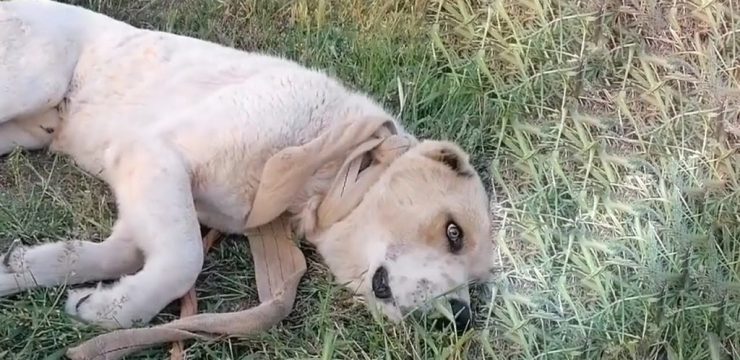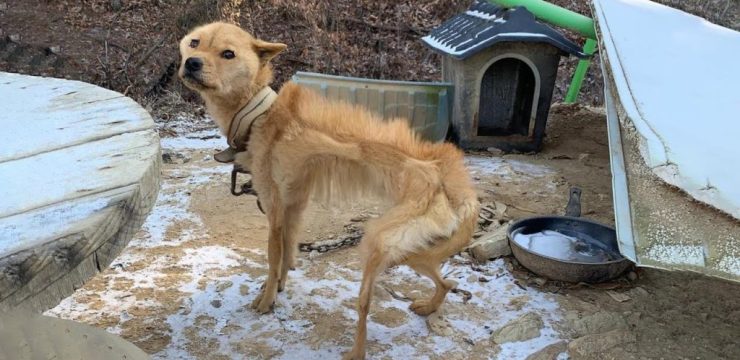It was a calm Sunday morning at the city airport when Officer Janet and her loyal K9 partner, Max, arrived for what was supposed to be a quiet, uneventful patrol. The air was crisp, the sunlight gently reflecting off the glass terminals, and the faint hum of travelers filled the air. It felt peaceful—rarely the case in law enforcement. Neither Janet nor Max could have guessed that within the next hour, they would be part of a life-saving mission that would stay with them forever.
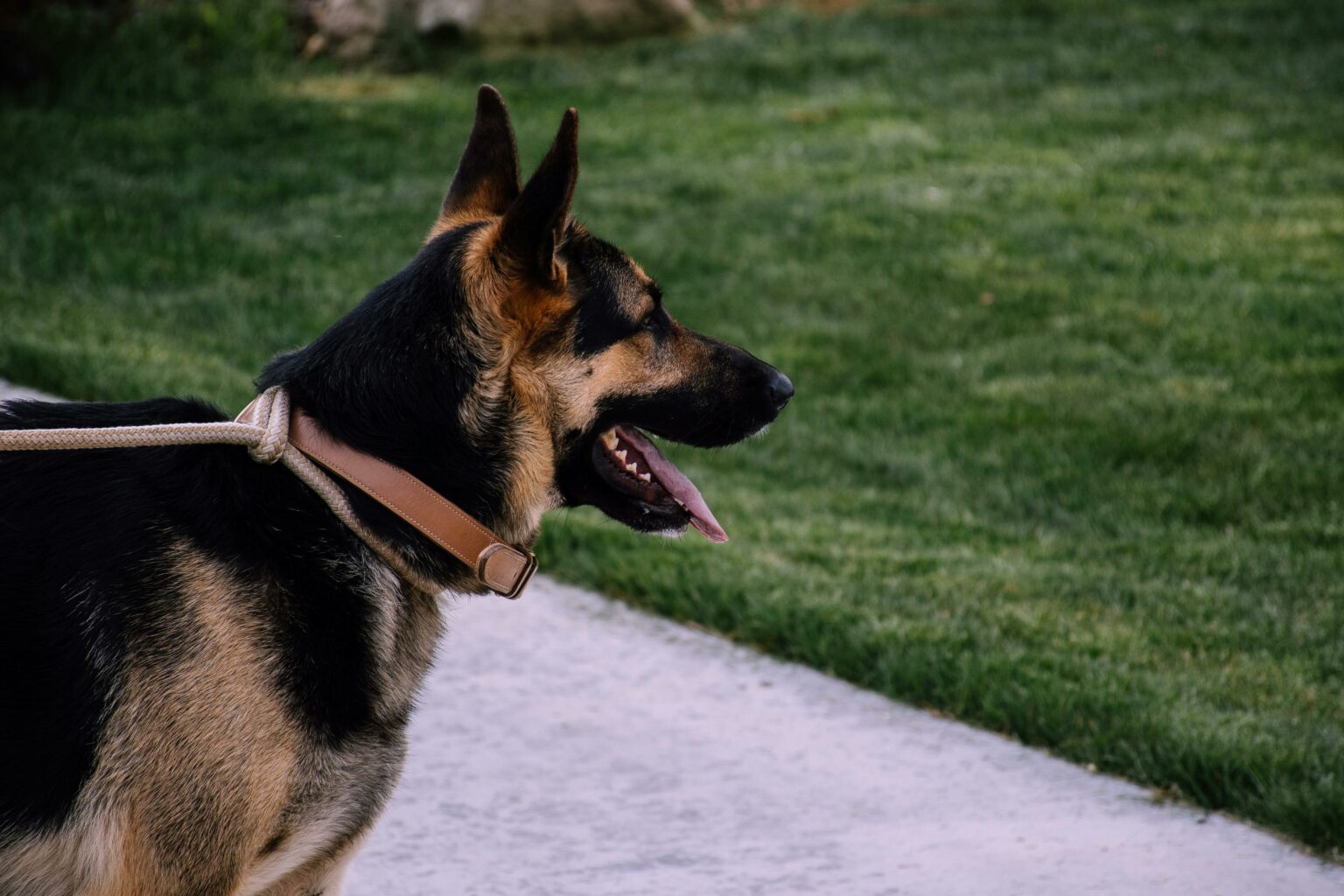
As they moved through the nearly empty terminal, Max walked slightly ahead, his leash loose but his attention sharp. The German Shepherd, trained in search and rescue, was accustomed to scanning luggage, sniffing for clues, and observing people with quiet precision. For Janet, these early shifts were her favorite—a time when she could enjoy the stillness and the silent understanding between her and her canine partner.
That calm didn’t last long.
Turning a corner near one of the unused gates, Janet froze. A faint sound reached her ears—a soft, trembling sob. It wasn’t the echo of conversation or laughter, but the unmistakable cry of a child in distress. She followed the sound and spotted a small boy standing alone near a large window. He looked no more than five years old, his tiny hands gripping a backpack, his shoulders shaking as tears rolled down his cheeks.
Janet’s heart softened immediately. She approached slowly, lowering her voice. “Hey there, sweetheart,” she said gently, crouching to meet his eyes. “Are you okay? Are you lost?”
The boy didn’t answer right away. His lower lip trembled, his big brown eyes darting around the terminal, searching for someone who wasn’t there. When he finally spoke, his voice was barely a whisper. Janet couldn’t make out the words, but she could see the fear. The boy was alone—no parents, no guardian, no one in sight.
Before Janet could ask again, Max moved closer. The K9, usually indifferent to strangers, seemed unusually drawn to the boy. He sniffed the air cautiously, then circled the child once before pressing his wet nose against the boy’s small hand. The little boy startled at first, then hesitantly reached out and patted Max’s head.
That tiny gesture broke the wall of silence.
Max’s ears perked up, and he let out a short, sharp bark—his way of signaling that something wasn’t right. Janet instantly understood. “It’s okay,” she said softly. “You can tell me what’s wrong. Max and I are here to help.”
The boy’s tears began to flow again. “My mom… she wouldn’t wake up,” he stammered between sobs. “I tried to wake her up, but she wouldn’t move.”
Janet felt her pulse quicken. This wasn’t just a lost-child situation—it was something far more serious. “Can you show me where your mom is?” she asked, keeping her tone calm and steady. The boy nodded quickly, clutching his backpack tighter, and led the way toward the airport exit.
Janet radioed dispatch immediately. “Possible medical emergency,” she reported. “Requesting backup and paramedics.” Then she and Max followed the boy through a few quiet city blocks. Max stayed alert, his pace steady, his instincts guiding him forward as though he already knew where they were headed.
They arrived at a small apartment building not far from the airport. The boy ran up the stairs, stopping in front of a door left slightly open. Inside, the air was still, and a faint beeping from a medical device echoed through the small space. Janet called out, but there was no response.
Following the boy’s lead, she entered a modest bedroom—and her heart sank. A woman lay motionless on the bed, pale and unresponsive. Janet rushed to her side, checking for breathing and a pulse. To her relief, there was a faint rhythm—weak, but steady.
“She’s alive,” Janet said into her radio. “Possible diabetic episode. Need paramedics immediately.”
Within minutes, the sound of sirens filled the street as emergency personnel arrived. Medics quickly began administering treatment. The diagnosis came fast—the woman had suffered a severe diabetic episode in her sleep and had lost consciousness. According to the doctors, she might not have survived if her son hadn’t sought help when he did.
As the paramedics worked, Janet stayed with the boy, who refused to let go of Max. The K9 remained perfectly still beside him, resting his head gently on the child’s knee as if offering silent comfort. Janet watched the two together—a brave little boy, a loyal dog, and a moment of pure, wordless connection.
Later that day, at the hospital, doctors confirmed that the woman was going to make a full recovery. When she finally opened her eyes, her first words were about her son. “Where is he? Is he safe?” she whispered.
Janet smiled softly. “He’s safe,” she replied. “And he saved your life.”
The woman wept when she heard the story—how her son had the courage to find help, guided by a compassionate officer and a dog who trusted his instincts. It was a moment of pure gratitude that no one in that hospital room would ever forget.

